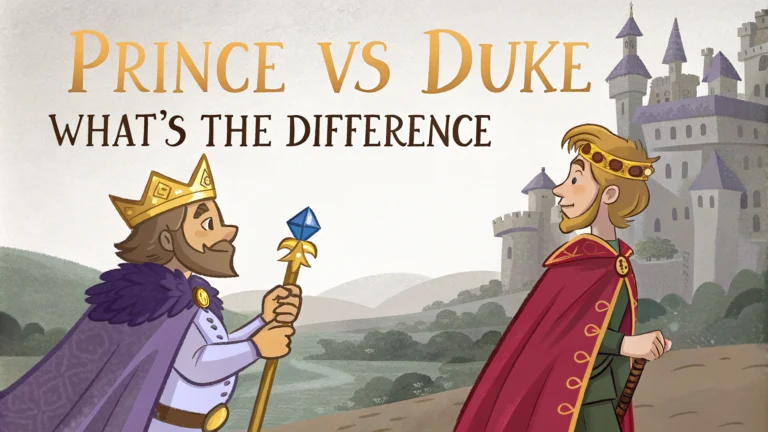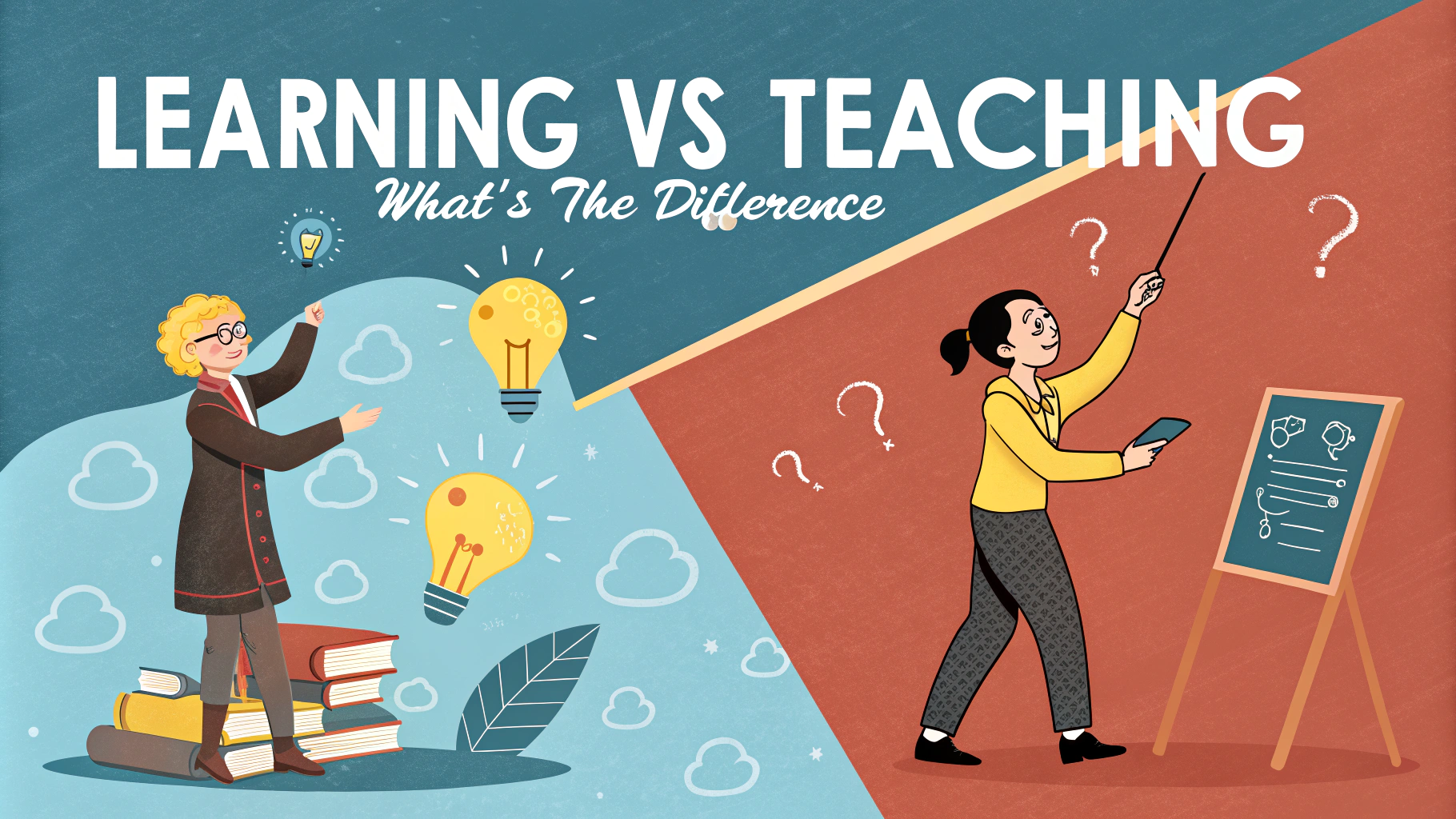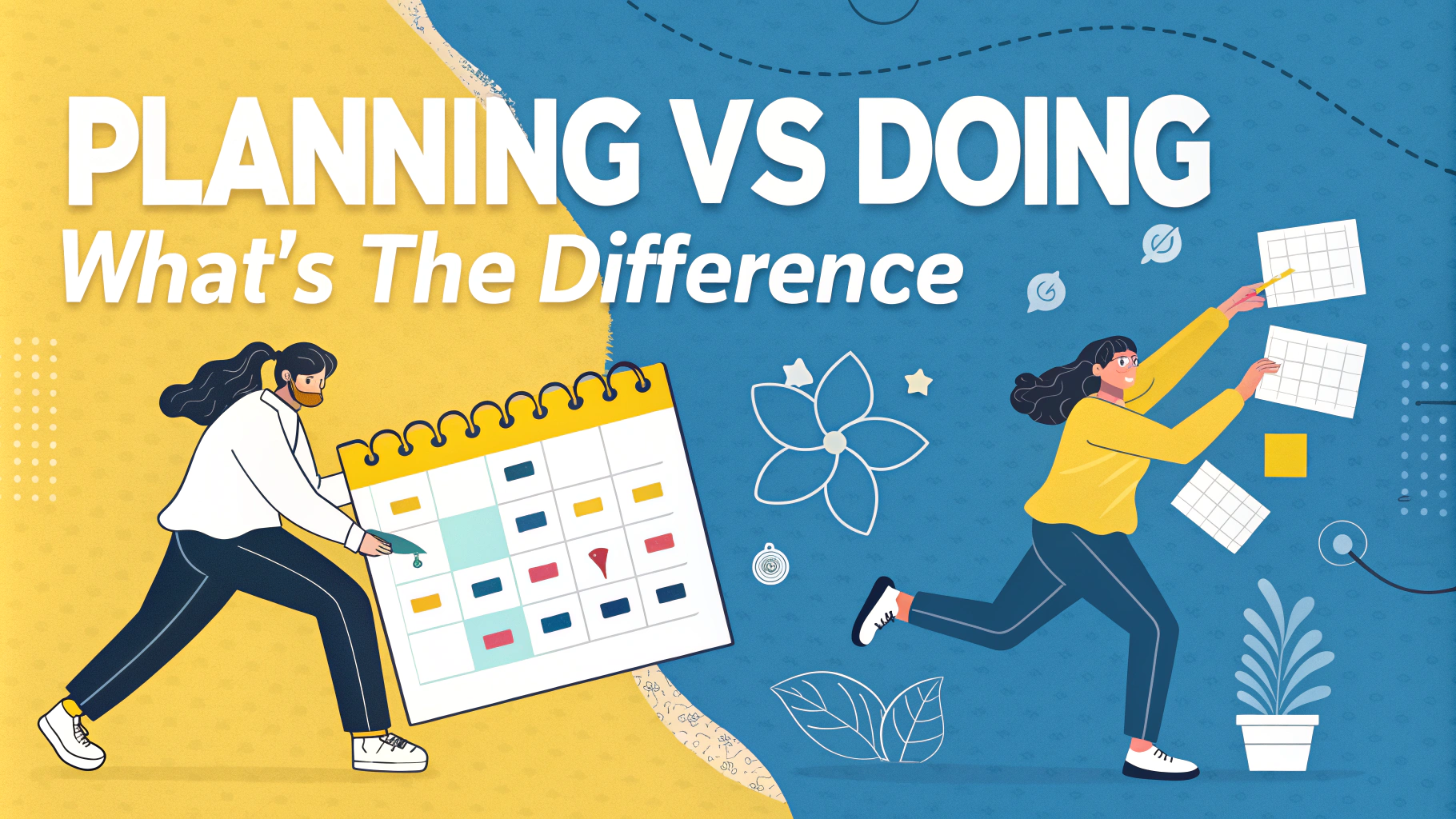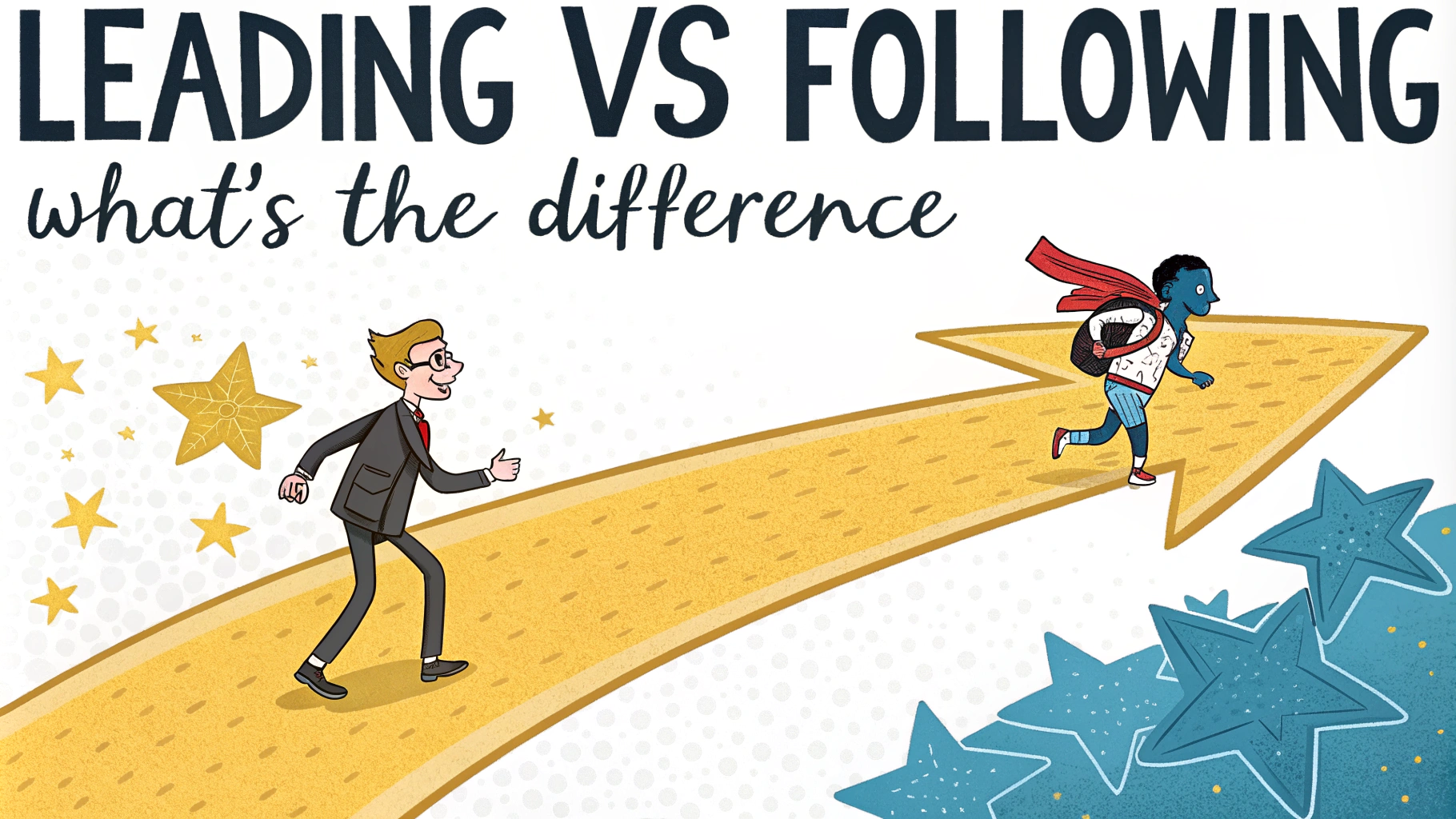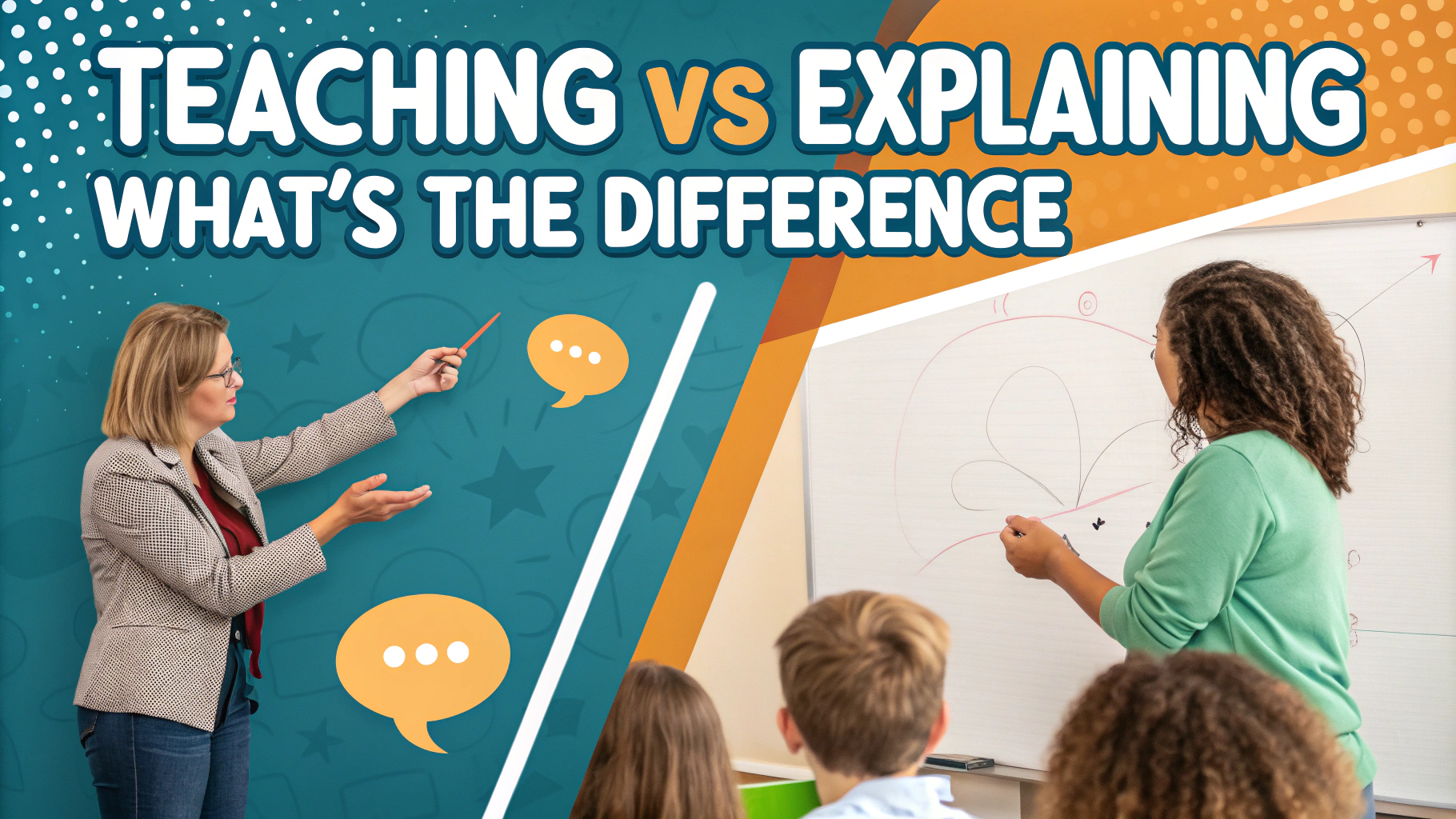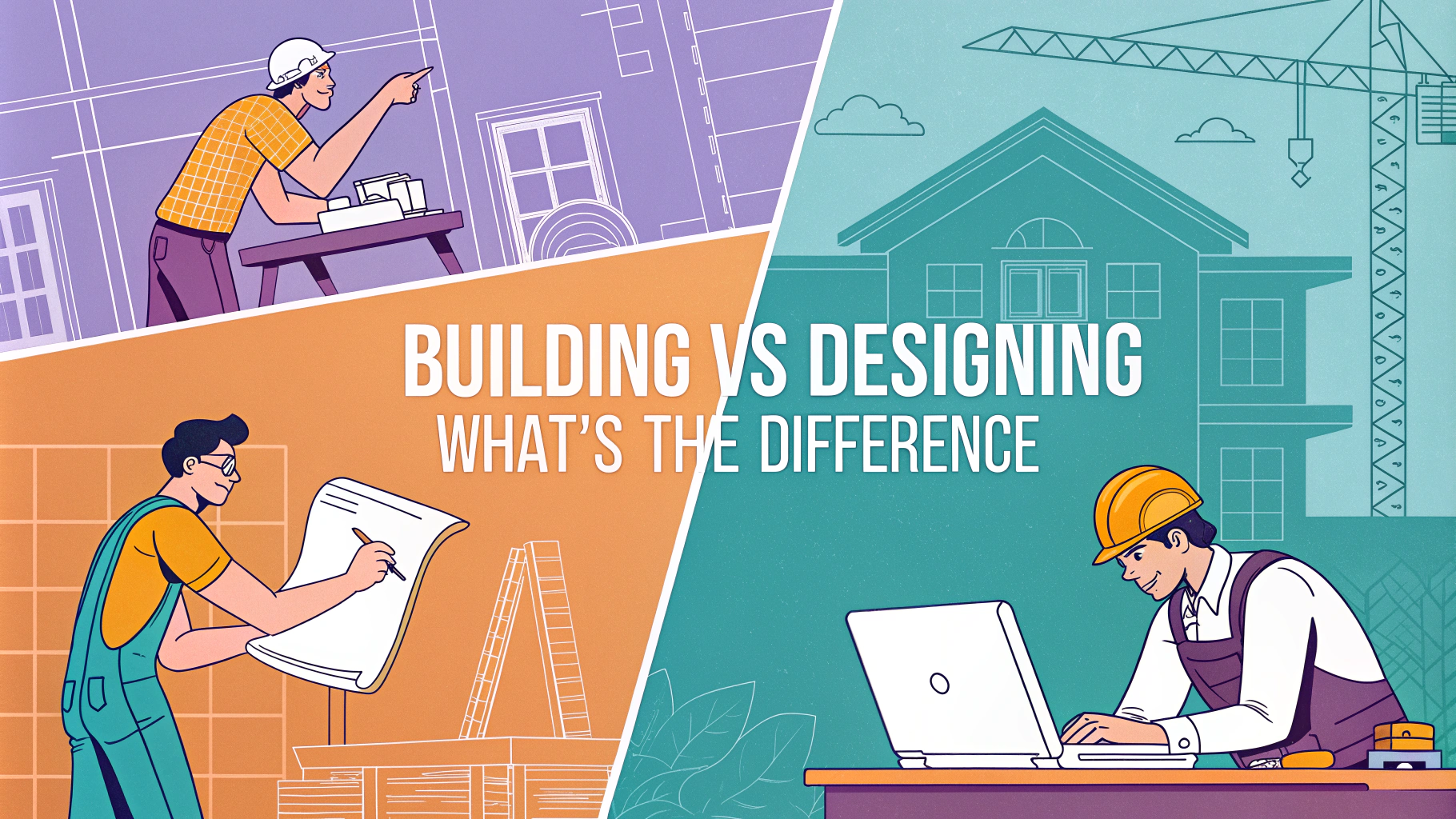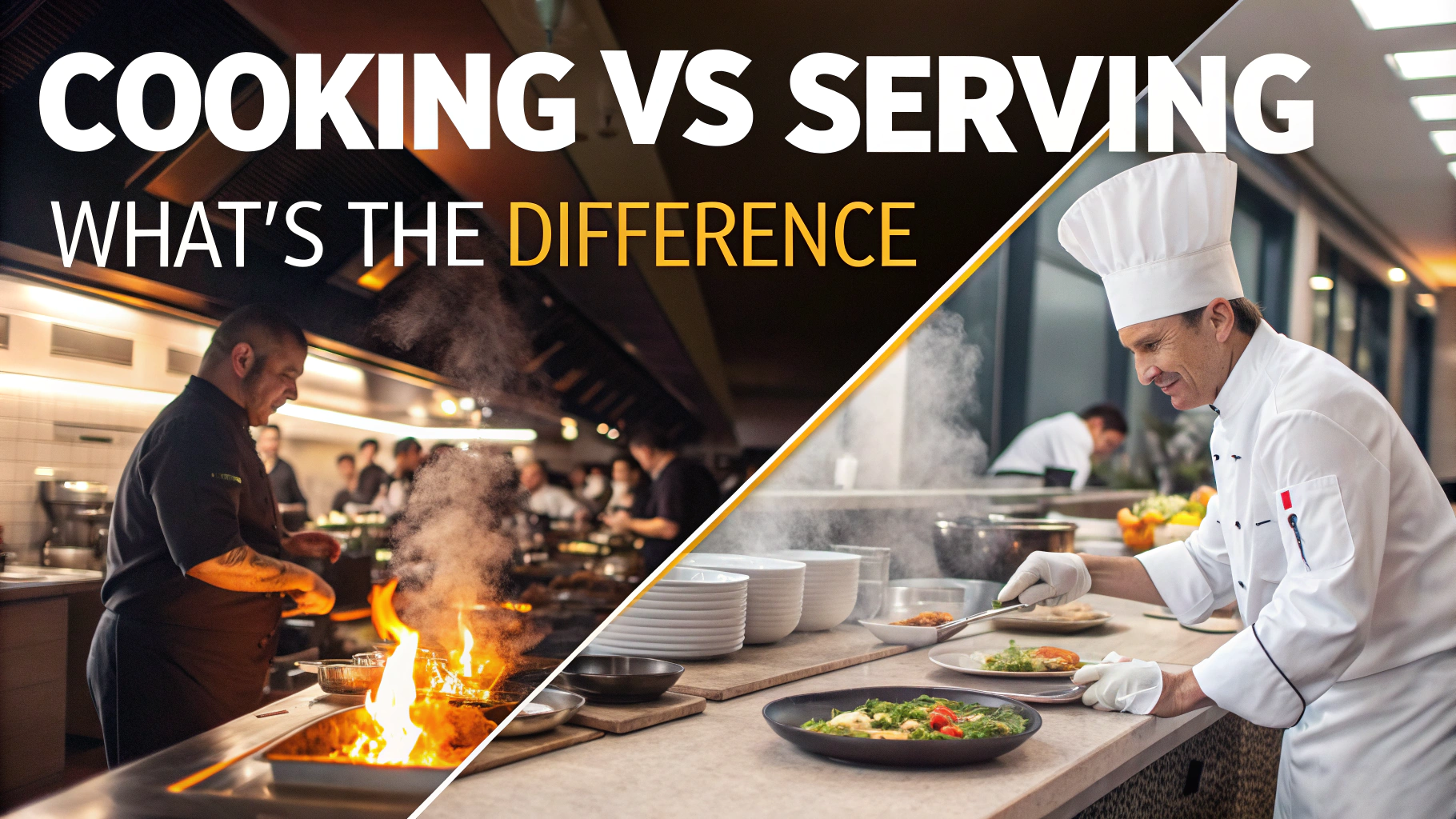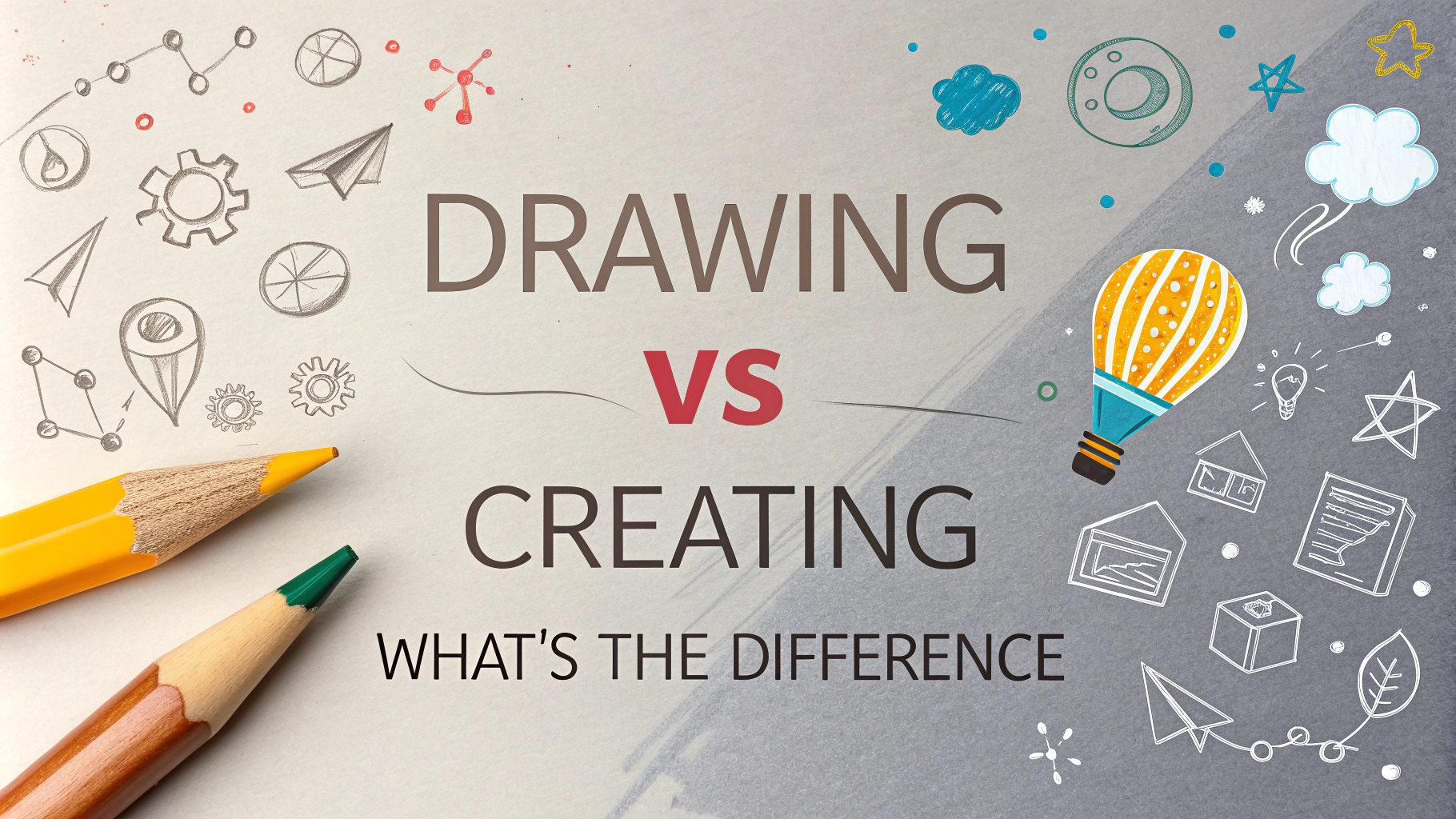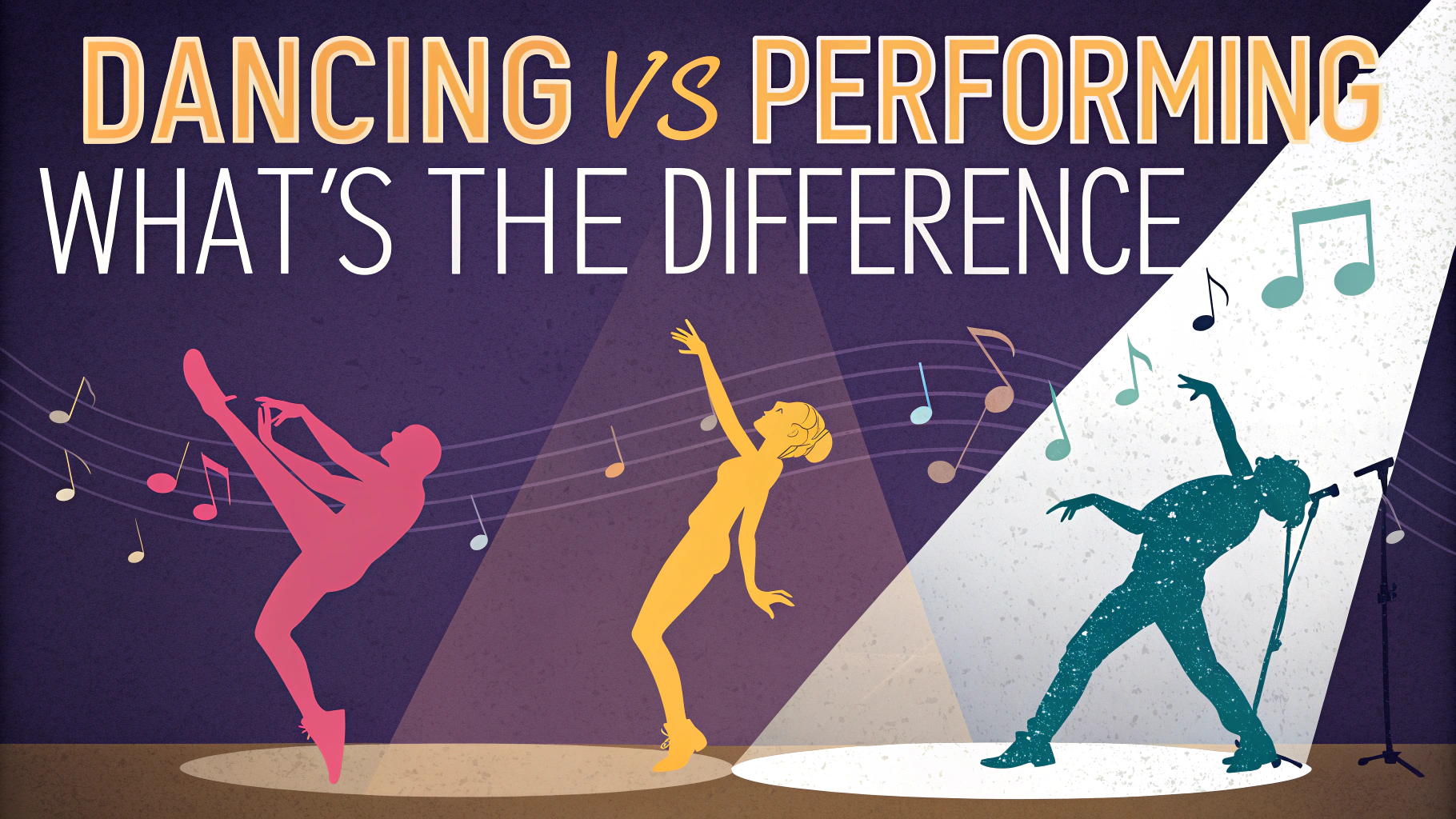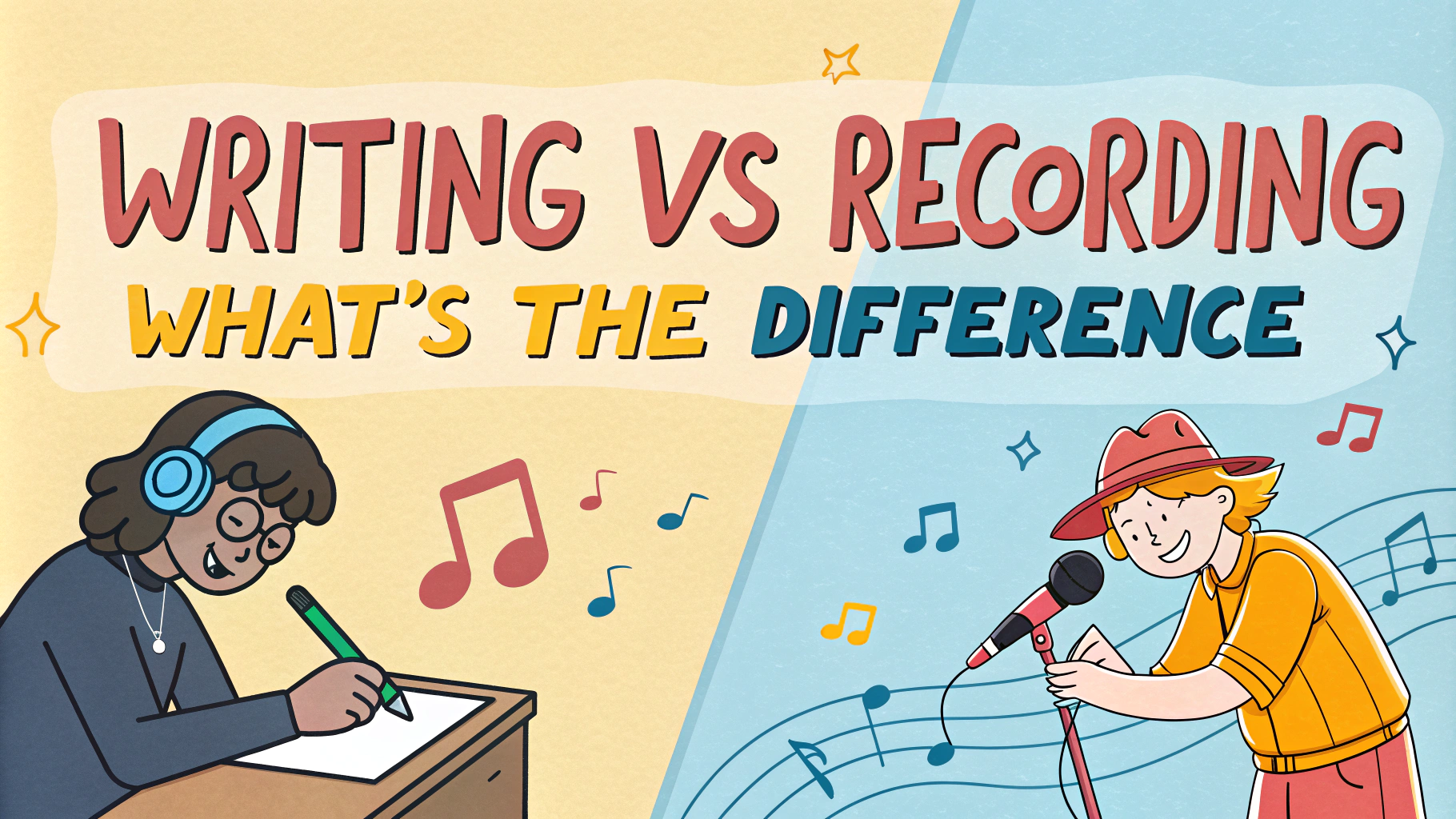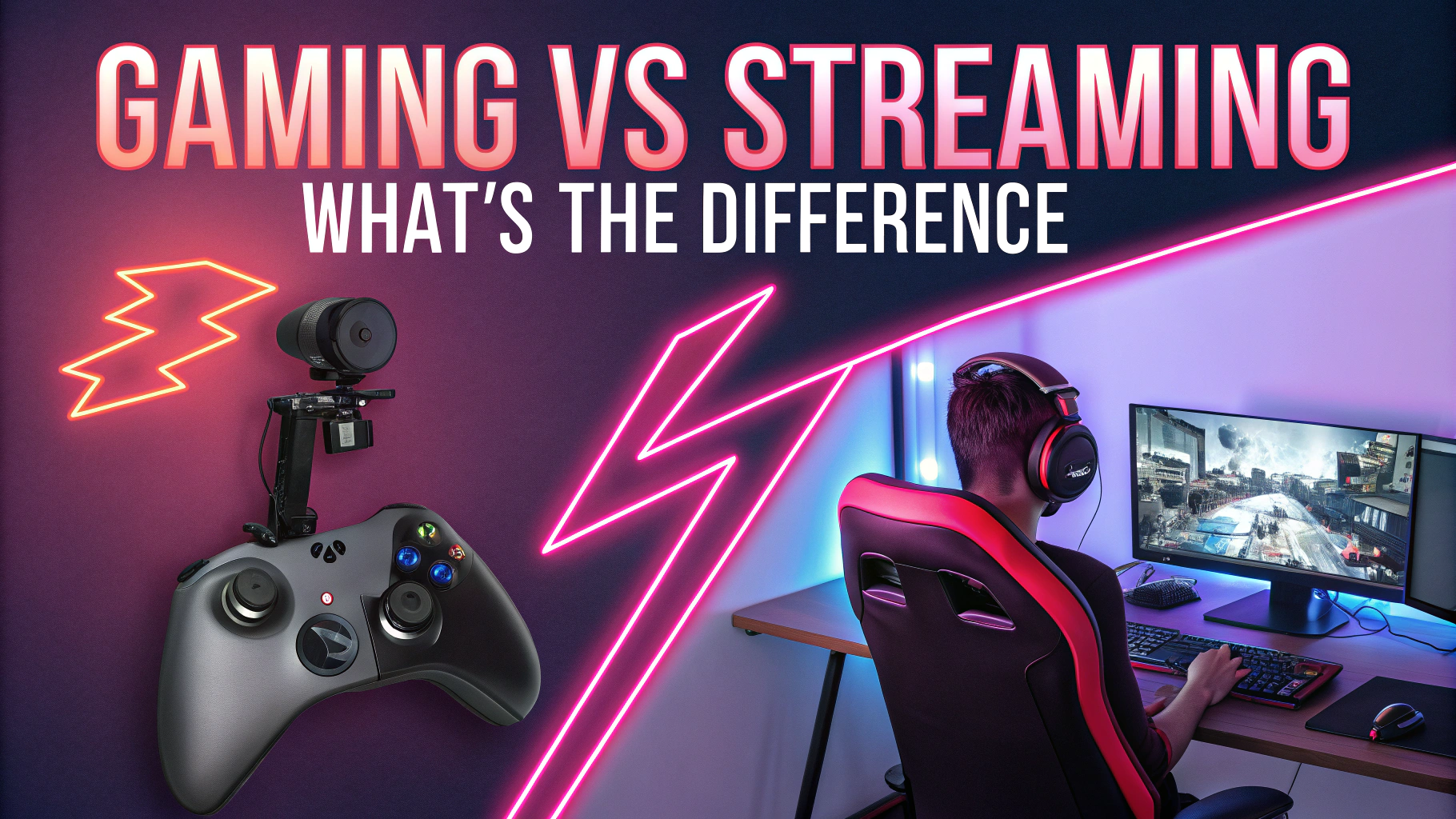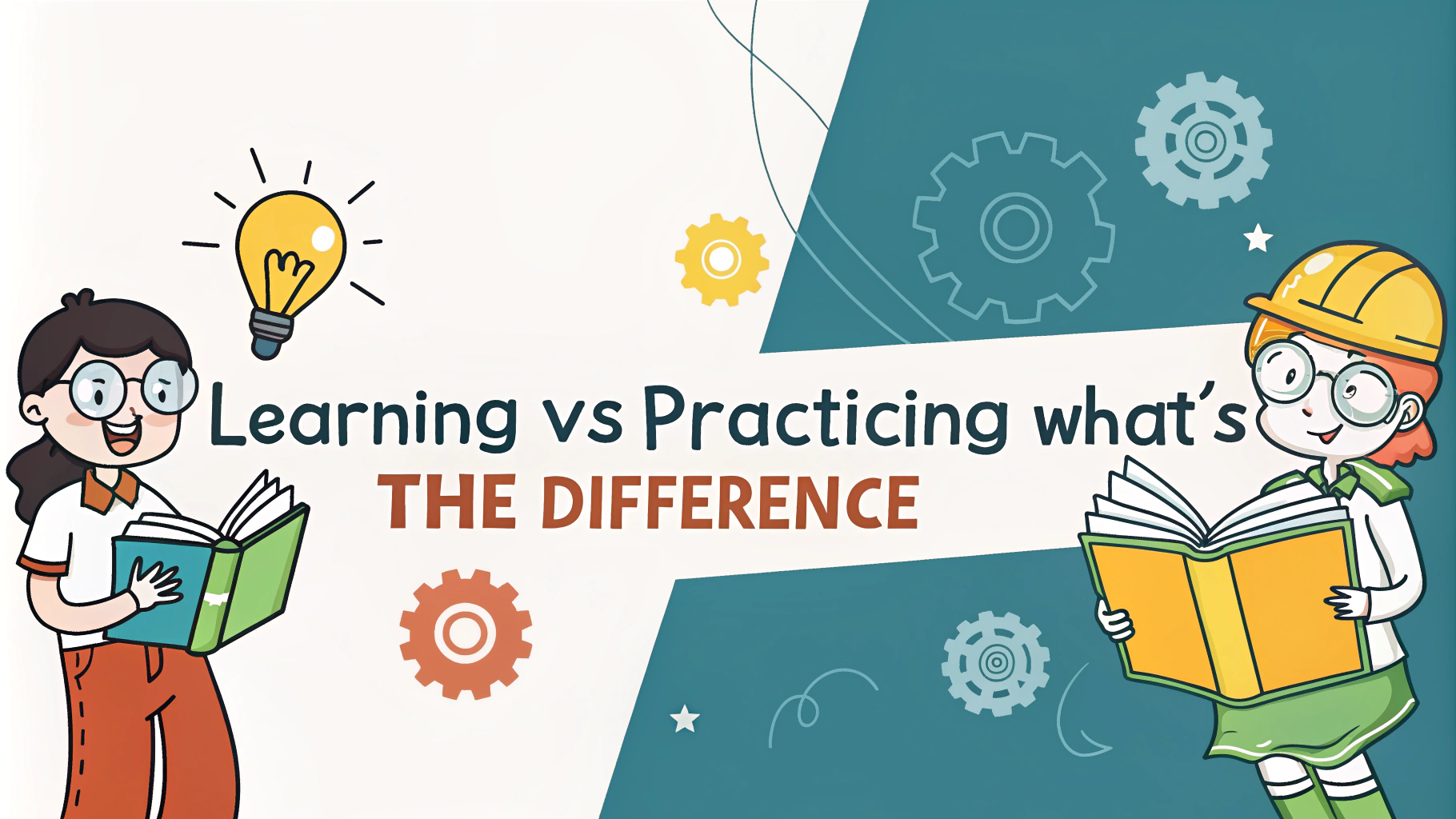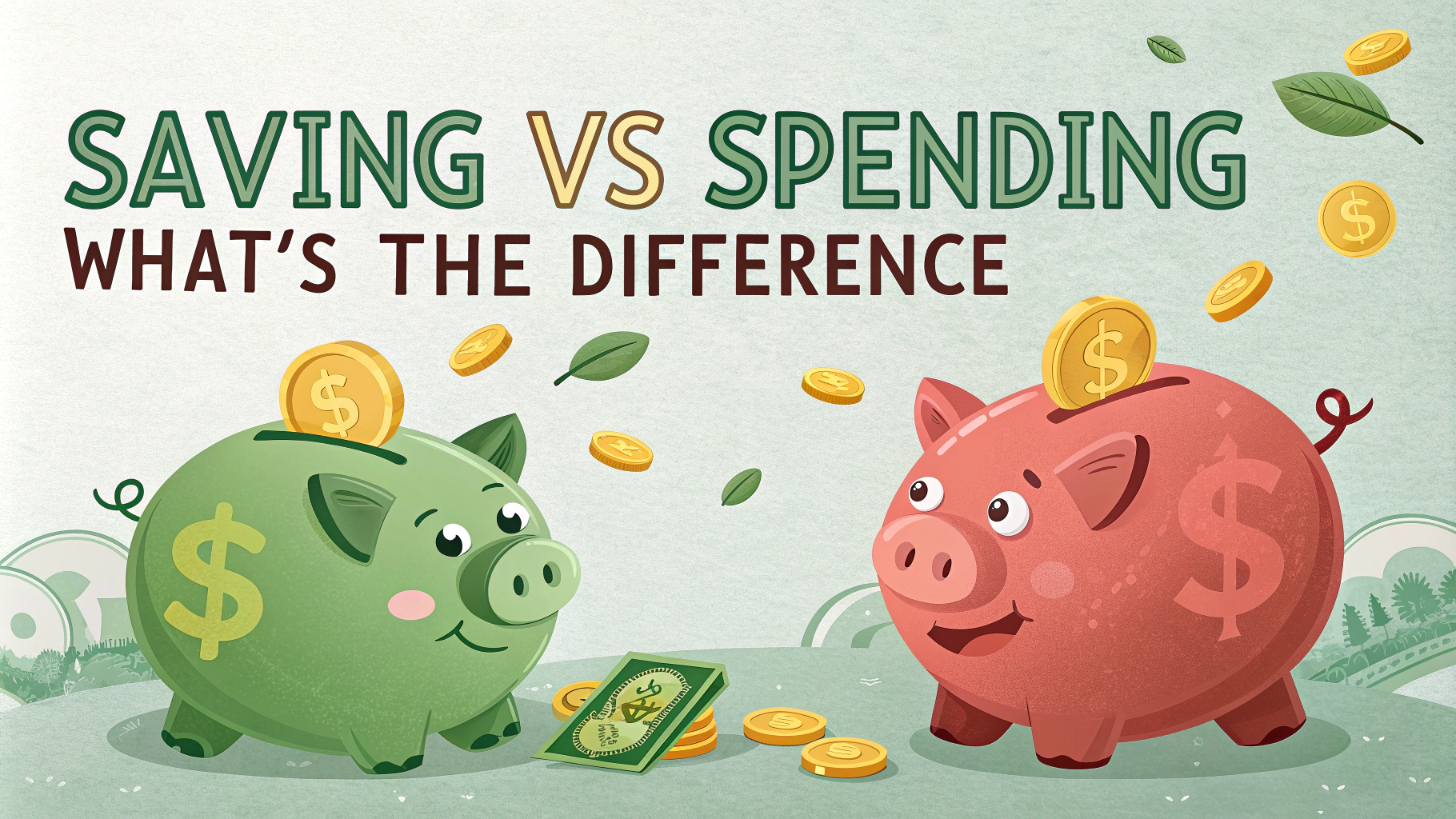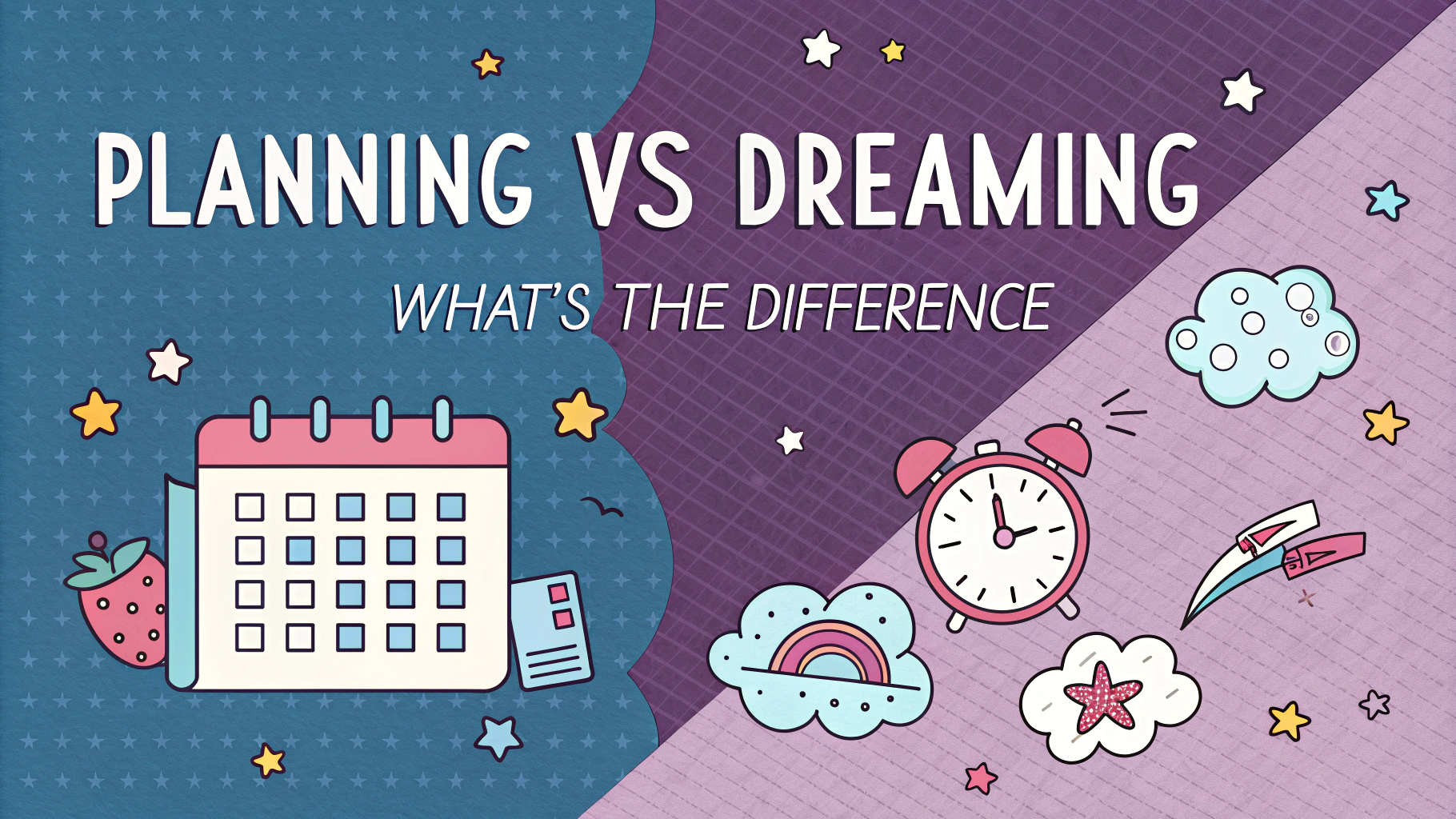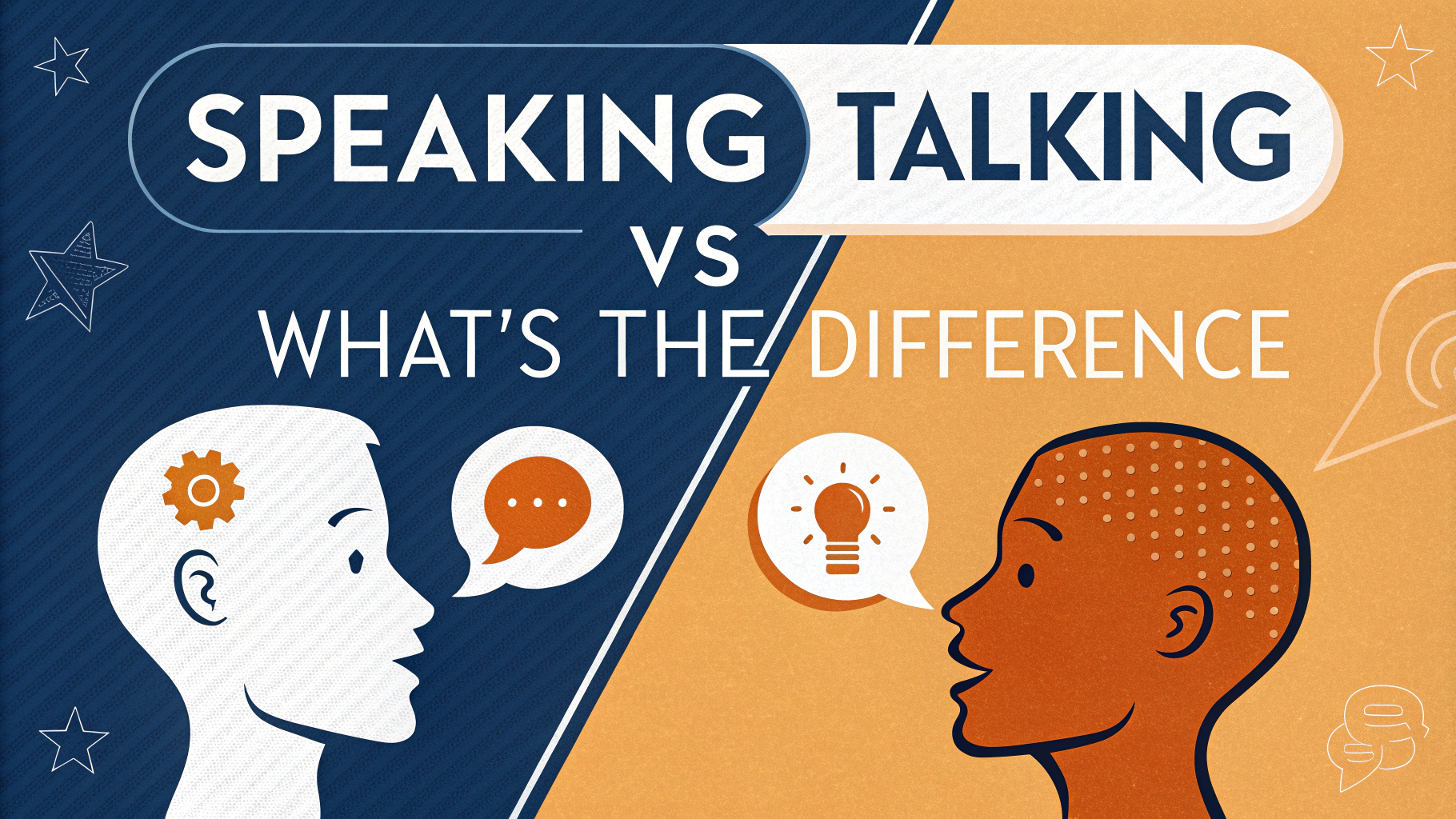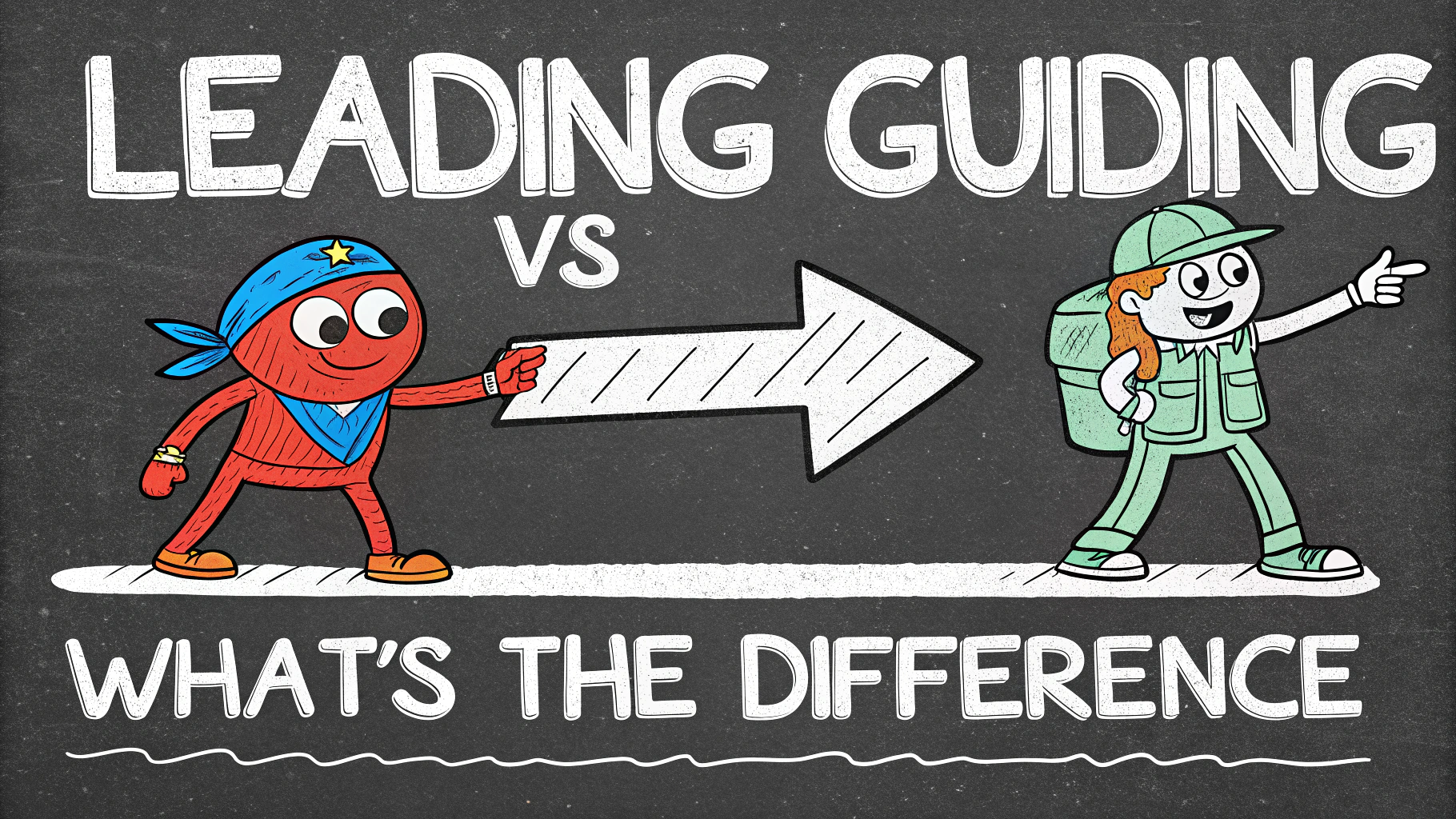Royal titles often spark curiosity and confusion. The terms “prince” and “duke” are two such titles that frequently lead to mix-ups. This quick guide aims to clarify the distinctions between these noble ranks, their origins, and their significance in modern monarchies.
We’ll explore the hierarchy of royal titles, the responsibilities associated with each position, and how these roles have evolved over time. By the end of this article, you’ll have a clear understanding of what sets princes apart from dukes and why these distinctions matter in royal families today.
Defining Royal Titles: Prince and Duke
A prince is typically a male member of a royal family, often the son or grandson of a monarch. The title “prince” is usually reserved for those in the direct line of succession to the throne.
A duke, on the other hand, is a high-ranking nobleman, often a member of the royal family or peerage. The title of duke is usually granted by the monarch and may come with specific territorial responsibilities.
Key Differences:
- Inheritance: Prince titles are usually inherited, while duke titles are often granted
- Hierarchy: Princes generally outrank dukes in the royal pecking order
- Territorial association: Dukedoms are often tied to specific regions, while princedoms are not
Historical Context: Evolution of Royal Titles
The titles of prince and duke have roots in medieval European feudalism. Princes were originally sovereign rulers of their own territories, while dukes were high-ranking nobles who governed large provinces on behalf of the monarch.
Over time, these roles evolved. The title of prince became more closely associated with royal bloodlines, while dukedoms became prestigious titles often granted to royal family members or as rewards for service to the crown.
Responsibilities and Privileges
Princes and dukes have different sets of responsibilities and privileges within the royal structure. Princes often have more ceremonial duties and are more involved in state affairs, especially if they’re in line for the throne.
Dukes may have specific regional responsibilities tied to their dukedom, though in modern times, these are often more symbolic than practical. Both titles come with certain social expectations and public duties.
Common Responsibilities:
- Representing the monarch at official events
- Patronage of charities and organizations
- Diplomatic roles in international relations
- Supporting national and regional interests
Navigating Responsibilities and Privileges
Princes and dukes hold distinct roles within royal structures. Princes often take on more ceremonial duties and engage in state affairs, especially if they’re in line for the throne. Their responsibilities include:
- Representing the monarch at official events
- Engaging in diplomatic missions
- Supporting national and international causes
- Preparing for potential future leadership roles
Dukes, while still carrying prestigious titles, may have specific regional responsibilities tied to their dukedoms. In modern times, these duties are often more symbolic than practical. Common responsibilities for dukes include:
- Patronage of local charities and organizations
- Promoting regional interests and cultural heritage
- Attending ceremonial events within their dukedom
- Supporting community development initiatives
Both titles come with social expectations and public duties, requiring a balance between tradition and modern relevance.
Modern Relevance and Public Perception
The roles of princes and dukes have evolved significantly in the 21st century. Public scrutiny and changing social attitudes have prompted royal families to adapt their roles and responsibilities.
Princes often face higher expectations due to their closer connection to the throne. They’re expected to:
- Be well-educated and culturally aware
- Engage in philanthropic work
- Navigate media attention gracefully
- Balance tradition with modernity
Dukes, while still respected, may find their roles less defined in modern monarchies. They often focus on:
- Preserving historical legacies
- Supporting regional economic development
- Promoting cultural heritage
- Adapting their titles to serve contemporary needs
Public perception of these roles varies, with some viewing them as important cultural symbols and others questioning their relevance in modern society.
Notable Examples in History and Today
Throughout history, the titles of prince and duke have been held by influential figures who’ve shaped nations and cultures. Some notable examples include:
Princes:
- Prince Albert: Consort to Queen Victoria, known for his cultural and scientific interests
- Prince Charles (now King Charles III): Long-serving heir apparent, known for environmental advocacy
- Prince William: Current heir to the British throne, focusing on mental health and environmental issues
Dukes:
- Duke of Wellington: Military commander and later Prime Minister of the United Kingdom
- Duke of Edinburgh: Title held by Prince Philip, consort to Queen Elizabeth II
- Duke of Sussex: Current title of Prince Harry, known for his charitable work and advocacy
These examples highlight how individuals holding these titles have contributed to society beyond their ceremonial roles.
Challenges and Controversies
The maintenance of royal titles in modern democracies isn’t without its challenges. Some common issues include:
- Questions about the cost to taxpayers
- Debates over the relevance of hereditary titles
- Scandals involving title holders affecting public perception
- Balancing privacy with public roles
Both princes and dukes must navigate these challenges while fulfilling their duties and maintaining public support. This often requires:
- Transparency in financial matters
- Active engagement in social causes
- Adapting to changing societal expectations
- Demonstrating value beyond ceremonial roles
Conclusion
Understanding the differences between princes and dukes provides insight into the complex structure of royal hierarchies. While princes typically hold higher rank and closer ties to succession, dukes play important roles in regional representation and cultural preservation.
As monarchies continue to evolve, so too will the roles of princes and dukes. Their ability to adapt to modern expectations while honoring tradition will likely determine their ongoing relevance and public support.
Whether viewed as essential cultural symbols or remnants of a bygone era, these titles continue to fascinate and influence public discourse on the role of monarchy in contemporary society.
FAQs about Prince vs. Duke
1. What’s the difference between a prince and a duke?
A prince is typically a male member of a royal family, often the son or grandson of a monarch. A duke is a high-ranking nobleman, usually below a prince in the hierarchy. Princes are born into their titles, while dukes are often granted their titles by a monarch.
2. Can a prince also be a duke?
Yes, a prince can also hold the title of duke. For example, in the British royal family, Prince William is also the Duke of Cambridge.
3. Which title is higher: prince or duke?
Generally, a prince outranks a duke in the nobility hierarchy. However, the exact ranking can vary depending on the country and specific royal or noble system.
4. Are all sons of monarchs automatically princes?
Not necessarily. In some monarchies, only the children of the sovereign and the children of the heir apparent are automatically given the title of prince or princess.
5. What are the responsibilities of a prince compared to a duke?
Responsibilities can vary, but generally:
- Princes often have more state-related duties and may be in line for the throne.
- Dukes typically manage their dukedom and may have regional responsibilities.
6. How does one become a duke?
A dukedom is usually granted by a monarch. It can be hereditary or granted for life. In some cases, it’s given to royal family members or as a reward for service to the crown.
7. What is a royal duke?
A royal duke is a member of the royal family who holds a dukedom. In the UK, for example, Prince Harry is the Duke of Sussex, making him a royal duke.
8. Do princes and dukes have different forms of address?
Yes, the forms of address differ:
| Title | Form of Address |
|---|---|
| Prince | Your Royal Highness |
| Duke | Your Grace |
9. Can women hold the titles of prince or duke?
Women can be princesses, but the female equivalent of a duke is a duchess. Some historical exceptions exist, such as the Duchess of Normandy.
10. What’s the difference between a royal duke and a non-royal duke?
A royal duke is a member of the royal family with a dukedom, while a non-royal duke is a nobleman who isn’t part of the royal family but holds a dukedom.
11. Are prince and duke titles used in all monarchies?
Not all monarchies use these exact titles. Different countries have their own systems of nobility and royal titles that may or may not include princes and dukes.
12. What’s the origin of the titles prince and duke?
Both titles have ancient origins:
- Prince comes from the Latin “princeps,” meaning “first person” or “leader.”
- Duke derives from the Latin “dux,” meaning “leader” or “commander.”

